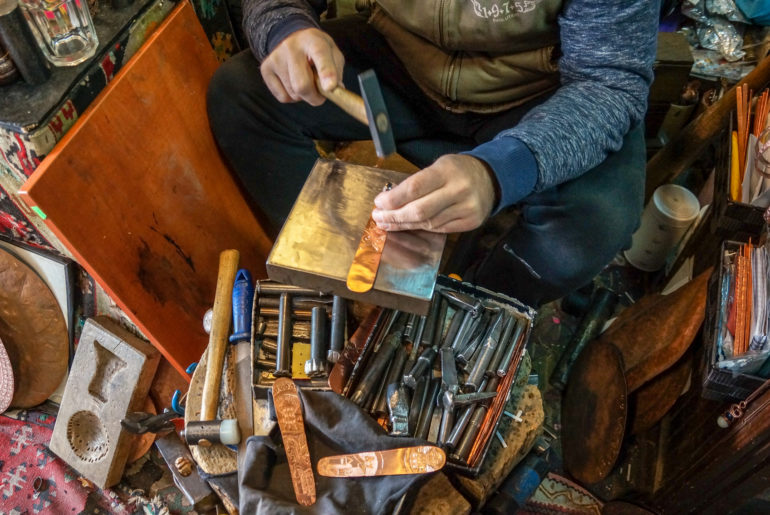Coimbra (old university town, about two hours train journey north of Lisbon; small, but quaint; steep hills, small streets, nice pastries; ancient Roman tunnels; ruined monastery; well worth a visit if you’re in the area).
Before I came to Portugal I contacted a friend who had visited the country a couple of times. He wrote back with a lot of suggestions including the above. I made a list of the places, but all I could remember about Coimbra by the time I got there was “university town, steep streets”.
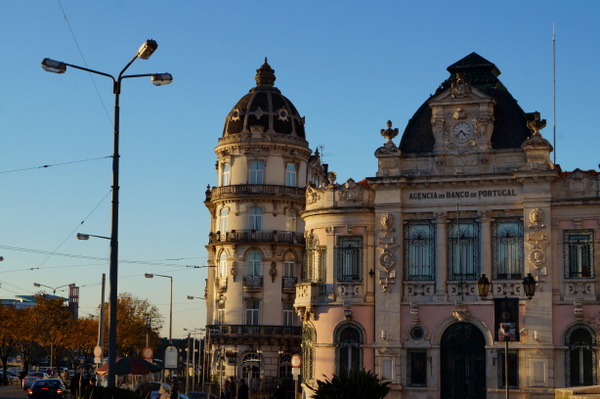
Arriving from the colourful and mesmerising Porto, one-hour north, Coimbra didn’t pack the same punch. I turned a corner from the train station and sat in a cafe down a small pedestrian street. The shops around me were uninspiring, the bakeries looked daggy and there didn’t seem to be much life in this city that was apparently filled with university students. I was smitten with Porto before I arrived at my hostel, but I didn’t feel the same excitement towards Coimbra.
It wasn’t until my CouchSurfing host gave me a tour in the evening that I realised I was wrong to doubt this city.
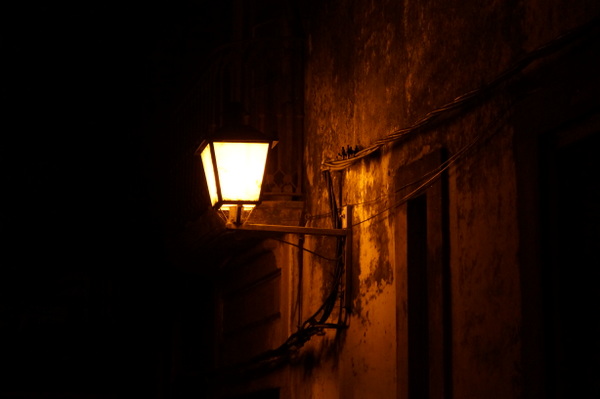
Coimbra is full of quirky little stories and discoveries. Some are notable such as the fact it was the capital of Portugal in the 12th century. Some are lovely, such as the tale of Saint Isabel who turned bread into roses. Her body is buried in a monastery and according to legend her coffin smells of roses. Some of the discoveries are fun, like the little animated traffic lights at pedestrian crossings, or the statue of a traditional Portuguese fado placed at the bottom of the old town. It has a bum!
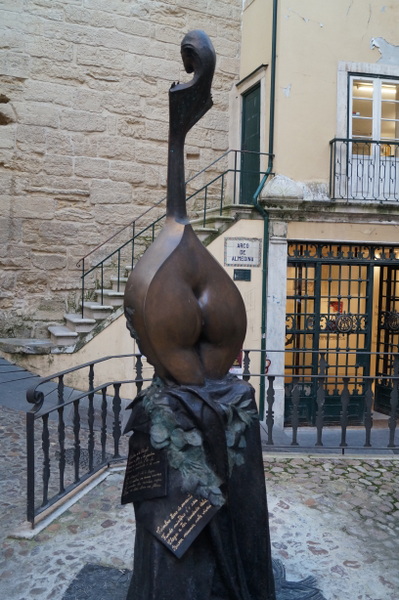

Others are particularly, um, what’s the word, interesting? It’s probably the best way to describe the story of the pedestrian bridge over the river named the Pedro e Inês bridge after the affair between a former Crown Prince of Portugal (Pedro) and his wife’s lady-in-waiting (Inês). By clever design, the bridge appears not to meet in the middle, representing the lives of the two lovers who couldn’t be together. It’s considered a very beautiful love story but (spoiler alert) it ends with Pedro’s father ordering the murder of Inês, Pedro later revealing he married his lover in secret before she was killed and Pedro also, apparently, having the body exhumed and forcing the members of his court to kiss the hand of the corpse.
Hmmm
Anyway.
Coimbra is one of those cities you can get lost in. There are so many narrow streets leading off in all directions and you never know what you’ll find if you venture down them. The actual centre is pretty small, but there’s lots of churches, monuments, statues and beautiful buildings.
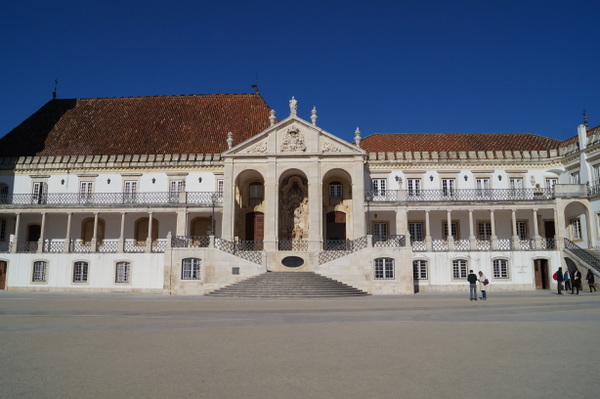
Coimbra is also home to the country’s oldest university, The University of Coimbra.
I haven’t visited many university towns, but I’ve usually taken the description to translate to “party town”. That isn’t the case in Coimbra, although the start of semester party in May, Queima das Fitas, is the largest in Portugal. The festival traditionally lasts a week, but the antics stretch well beyond that with some pre-parties taking place up to a month beforehand.
Over the years, Coimbra has shaped itself around the university. While some cities in Portugal swell in the summer, Coimbra becomes a ghost town from June to September as the students leave. The campus dominates the top of a punishingly steep hill in “alta”, the upper part of the city, but it’s worth the climb.
The buildings are beautiful. Inside and out.
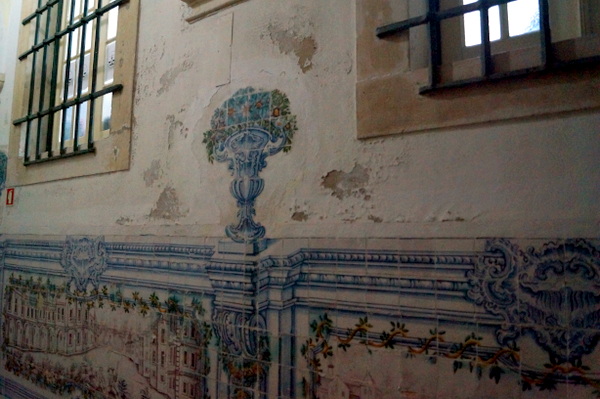
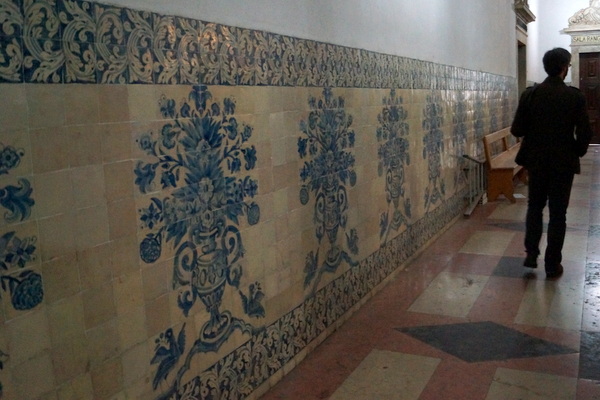
My host, Telmo, took me to the univeristy on my first night. You can buy a ticket to tour the campus, which also includes a visit the library, which is 500 years old. I thought about going in (the photos of the library were beautiful) but I couldn’t buy a ticket for just the library and I wasn’t interested in visiting the entire campus. Instead we just poked around some of the corridors.
You can eat at the cafe in the campus and get a great view over the city from the balcony. Unfortunately the balcony was closed while we were here.
Most of the students dress in the traditional cloaks, known locally as “bats” but foreigners make endless comparisons to the uniforms worn at Hogwarts in Harry Potter. When students graduate, their friends tear up their cloaks. We saw some remnants of the tradition hanging from the main entrance.
There’s another quirky tradition on display at Penedo Da Saudade, a park about 10-minutes walk from the campus. It’s a very small park and wouldn’t be worth visiting if not for one odd feature: headstones places by former students.
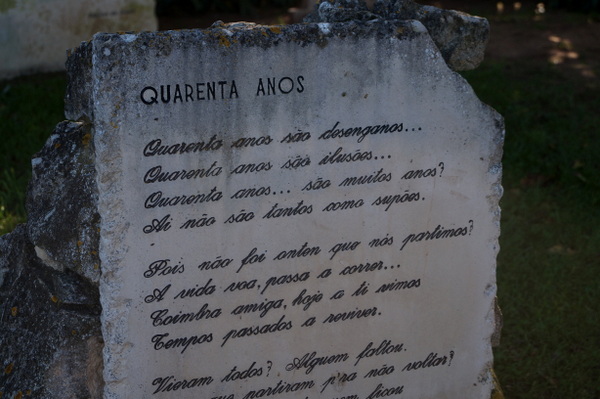
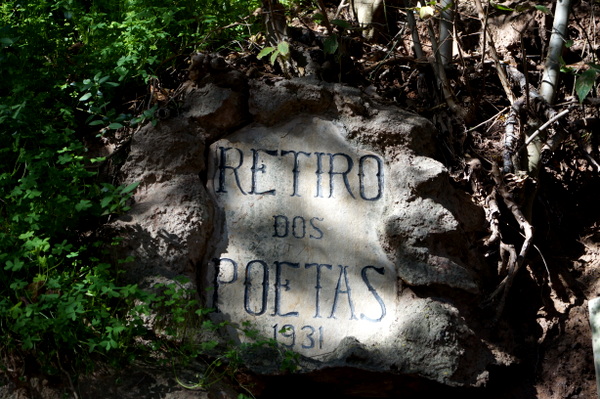
Graduating classes since the 1930s have placed headstones in the park years after they finish their course. Many of the headstones mark anniversaries of 10, 20 or even 40 years since the students graduated. The messages vary, but the dedications Telmo translated for me were mostly inspirational quotes or reflective poems. The concept of the headstones apparently represents the students “burying” their degree. If you want a larger place to relax, visit the Botanical Garden. It’s very close to the university campus so a lot of students go there. Its full title is The Botanical Garden of the University of Coimbra. You can’t go inside the greenhouse, but it’s a nice place to walk through on the way to Penedo Da Saudade.
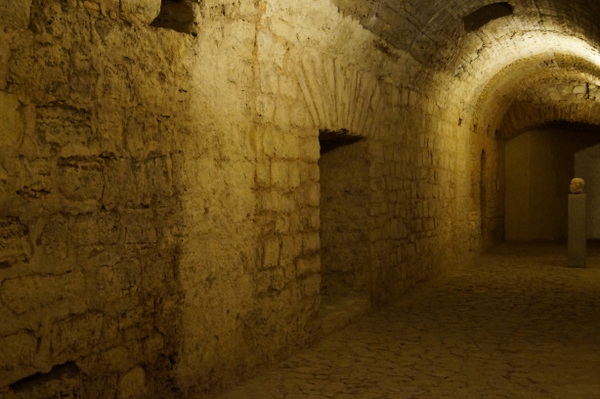
One of Coimbra’s newest attractions is the cryptoportico from the Roman city of Aeminium, the former name of Coimbra. The maze of tunnels is under the Museu Nacional Machado de Castro and only opened to the public this year. I’m quite tired of Roman ruins, but I haven’t come across anything like this before and it is particularly well preserved. The tunnels were built to create level ground so they could build a forum. Apparently only a small section on the roof has had any work done in modern times, although some parts were rebuilt in the 14th century. Most of what you see is how it was 2000 years ago.
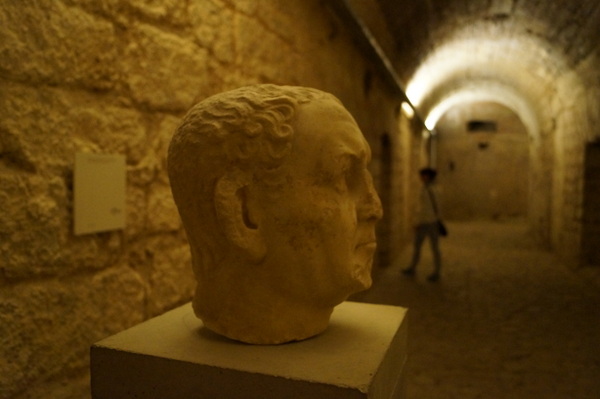
I was told the rest of the museum isn’t particularly fascinating so not being much of a museum buff these days I skipped it – although it’s worth stepping out onto the patio near the cafe to admire the view.
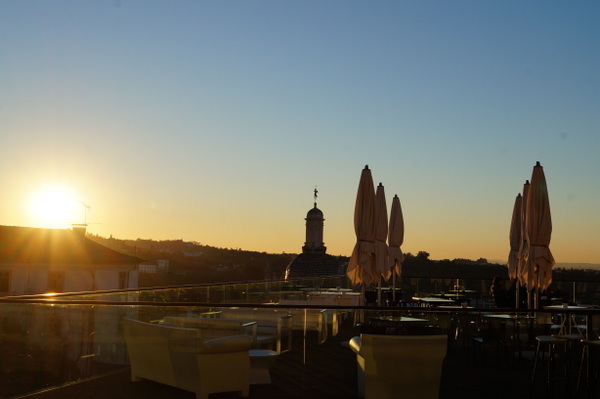
Aside from the above “attractions”, Coimbra is an interesting city just to stroll around. My friend was on the money when he mentioned the steep hills, but I sampled a good share of pastries in Coimbra Baixa (the lower town) so it probably evened out. One pastry, I can’t remember the name in Portuguese, is an up-side-down-cone-shaped cake covered in chocolate. The cake inside is always a surprise because it’s made with leftovers of other cakes. We got one at Pastelaira Briosa, which is one of the oldest pastry shops in the city. The cake was a very rich caramel mixture, that resembled cookie dough.
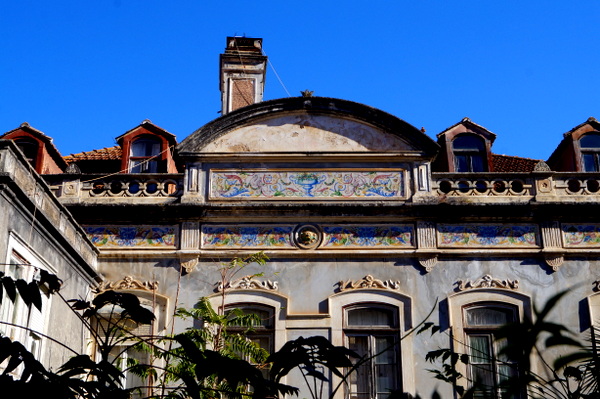
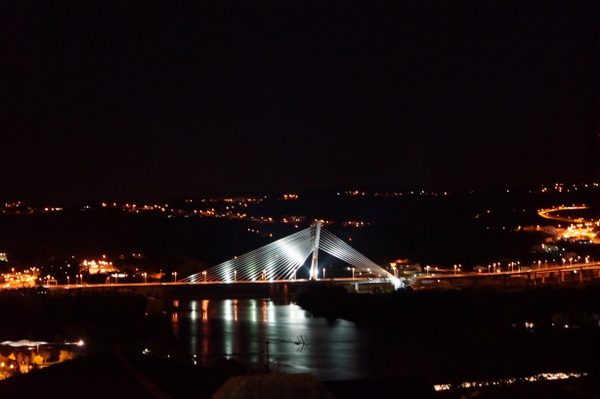
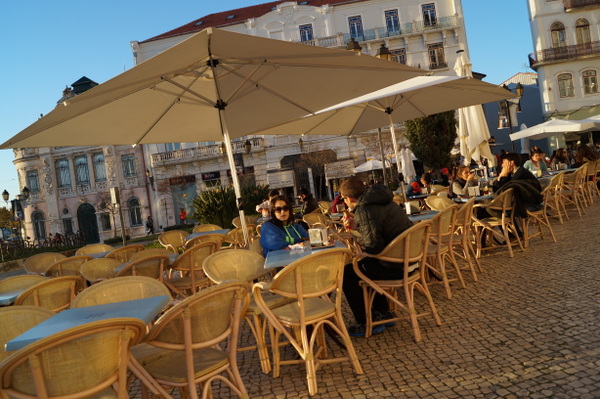
To make up for all the indulging, we got lunch from the market. The woman at the fruit stand we went to even cut up a large melon for us. We took our fruit to the river bank, picking up some roasted chestnuts from a street stand on the way, and had a picnic on a small jetty near the Pedro e Inês bridge.
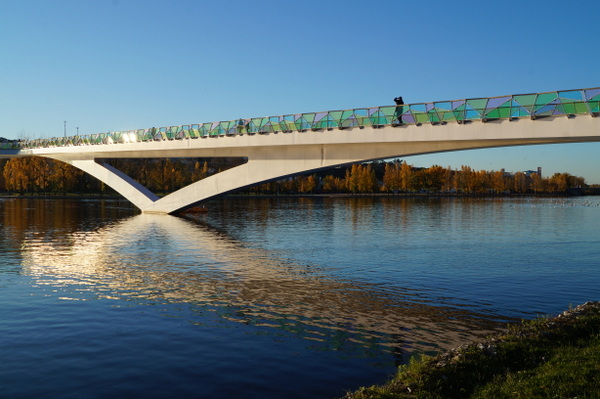
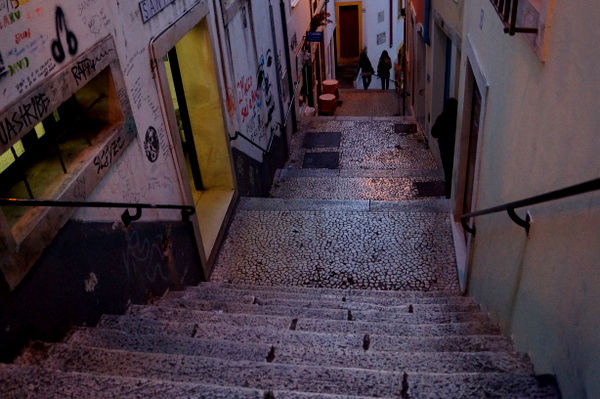
If you go:
Coimbra is one hour south from Porto by train (€13) or two hours north of Lisbon (€19). Most of the trains will stop at Coimbra B station and you can catch a connecting train if there is one (usually included in your ticket) or a taxi (€5) to the centre.
I was CouchSurfing, but I did walk past a hostel and there are a few others listed online. Be warned – I am not kidding about the streets so if your accommodation says it is at the top of a hill, be prepared for a climb.
If you want to tour the University campus properly, tickets start at €7.





